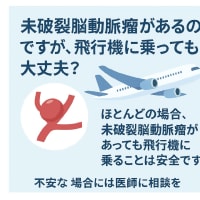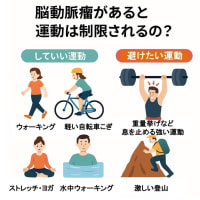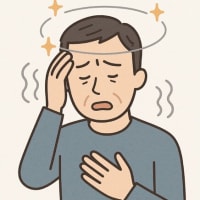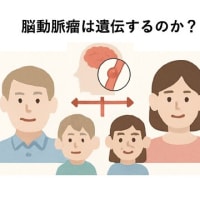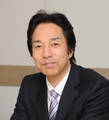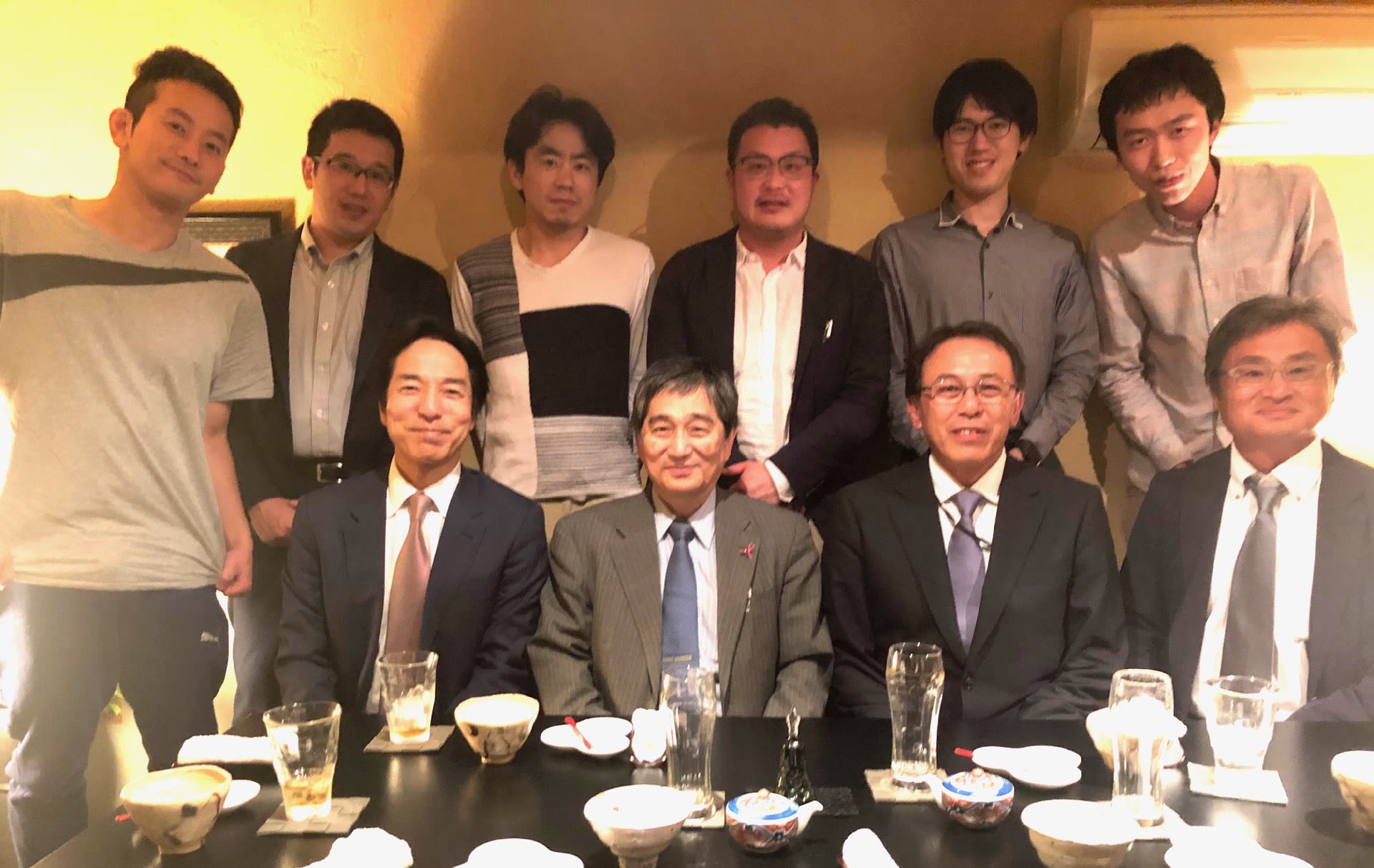
昨日、西宮脳神経セミナーに熊本市立病院の橋本洋一郎先生をお招きして講演を行っていただきました。先生は脳卒中内科領域のトップリーダーで、多くの活動を超精力的に行われています。
さて、今回は熊本地震を経験され、その中でどのように医療を行ったかというお話でした。混沌とした状況の中、重要視されたのは「エコノミークラス症候群」だったそうです。それはなぜなのでしょうか?
水の補給が十分でなく、車の中で寝泊まりする人が多かったなどの理由で「エコノミークラス症候群」を起こし、それが原因で肺塞栓症をきたして病院に運ばれたり命を落とす人が多かったからなのです。避難所であっても硬い床に寝ると「エコノミークラス症候群」を起こしやすいことをご存知でしたでしょうか?
先生は地震後間も無くこの事実に気づかれ、
1)足(下肢)の超音波検査
2)採血(D-ダイマー)
3)弾性ストッキングの配布
4)必要に応じて薬の処方
をされたそうです。
では、地震などの災害の際、どう予防したらいいのでしょうか?
先生によれば
1)水分を十分に取ること
2)4−5時間で起きてトイレに行くなど体を動かすこと
3)就寝中は足を伸ばして少し挙げること
が重要とのことでした。
今後30年で大型の地震が起きる確率は70%以上と予想されています。普段から自宅に水や保存食、避難具を配備しておくことが重要だそうです。
また熊本地震の際には電話は通じないものの、LINEとメールは使えたそうです。
家族や親戚でグループを作っておくといいですね!
橋本先生、貴重なお話をありがとうございました!
Yesterday, Dr. Yoichirou Hashimoto from Kumamoto City Hospital made a lecture. He is a top leader of stroke society and doing many projects very actively.
This time, he made a lecture about 'Medical activity in Kumamoto earthquake'.
In a state of chaos, he focused treatment of economy class syndrome. But why?
Many people were transferred to hospitals or lost their lives due to pulmonary embolism caused by economy class syndrome.
Do you know we may be suffred from the syndrome even when we are in the shelter?
Dr. Hashimoto recognized this immediately after the earthquake and did the below actions.
1. Echogram of lower limbs
2. Blood test (D-dimer)
3. Providing elastic stocking
4. Medication (if necessary)
What are important in case of disaster such as a big earthquake?
Dr. Hashimoto said
1. Take enough water
2. Go to the restroom every 4-5 hours
3. Stretch legs and elevate a bit during sleeping
The percentage of occurring a big earthquake within 30 years is predicted to be higher than 70%.
So, we should keep water bottles, preserved food, and other emergency kit.
I heard that LINE and email were available, but not phone.
It is better to make a group of family and relatives.
Anyway, Thank you very much Dr. Hashimoto for his valuable lecture!
さて、今回は熊本地震を経験され、その中でどのように医療を行ったかというお話でした。混沌とした状況の中、重要視されたのは「エコノミークラス症候群」だったそうです。それはなぜなのでしょうか?
水の補給が十分でなく、車の中で寝泊まりする人が多かったなどの理由で「エコノミークラス症候群」を起こし、それが原因で肺塞栓症をきたして病院に運ばれたり命を落とす人が多かったからなのです。避難所であっても硬い床に寝ると「エコノミークラス症候群」を起こしやすいことをご存知でしたでしょうか?
先生は地震後間も無くこの事実に気づかれ、
1)足(下肢)の超音波検査
2)採血(D-ダイマー)
3)弾性ストッキングの配布
4)必要に応じて薬の処方
をされたそうです。
では、地震などの災害の際、どう予防したらいいのでしょうか?
先生によれば
1)水分を十分に取ること
2)4−5時間で起きてトイレに行くなど体を動かすこと
3)就寝中は足を伸ばして少し挙げること
が重要とのことでした。
今後30年で大型の地震が起きる確率は70%以上と予想されています。普段から自宅に水や保存食、避難具を配備しておくことが重要だそうです。
また熊本地震の際には電話は通じないものの、LINEとメールは使えたそうです。
家族や親戚でグループを作っておくといいですね!
橋本先生、貴重なお話をありがとうございました!
Yesterday, Dr. Yoichirou Hashimoto from Kumamoto City Hospital made a lecture. He is a top leader of stroke society and doing many projects very actively.
This time, he made a lecture about 'Medical activity in Kumamoto earthquake'.
In a state of chaos, he focused treatment of economy class syndrome. But why?
Many people were transferred to hospitals or lost their lives due to pulmonary embolism caused by economy class syndrome.
Do you know we may be suffred from the syndrome even when we are in the shelter?
Dr. Hashimoto recognized this immediately after the earthquake and did the below actions.
1. Echogram of lower limbs
2. Blood test (D-dimer)
3. Providing elastic stocking
4. Medication (if necessary)
What are important in case of disaster such as a big earthquake?
Dr. Hashimoto said
1. Take enough water
2. Go to the restroom every 4-5 hours
3. Stretch legs and elevate a bit during sleeping
The percentage of occurring a big earthquake within 30 years is predicted to be higher than 70%.
So, we should keep water bottles, preserved food, and other emergency kit.
I heard that LINE and email were available, but not phone.
It is better to make a group of family and relatives.
Anyway, Thank you very much Dr. Hashimoto for his valuable lecture!










